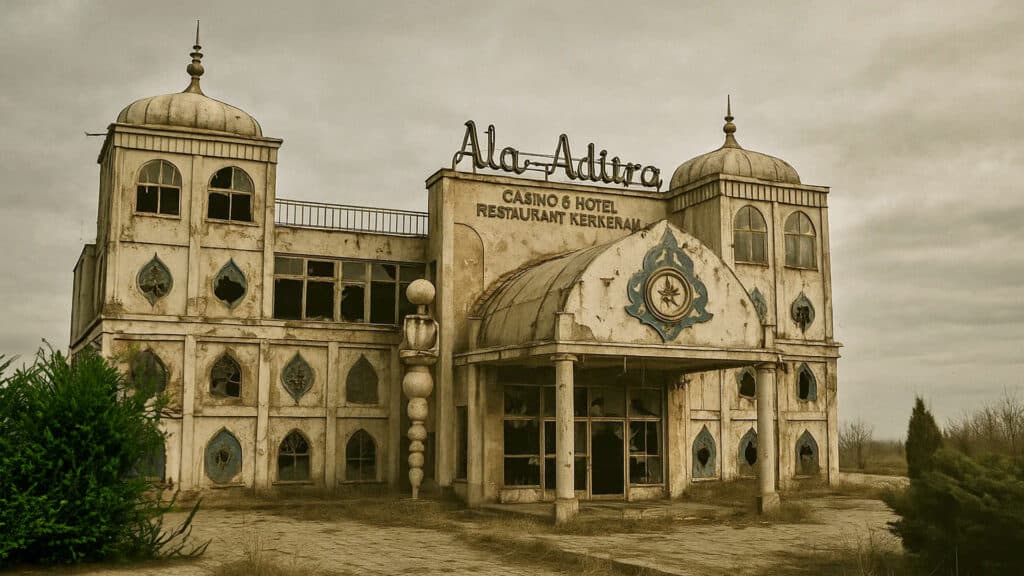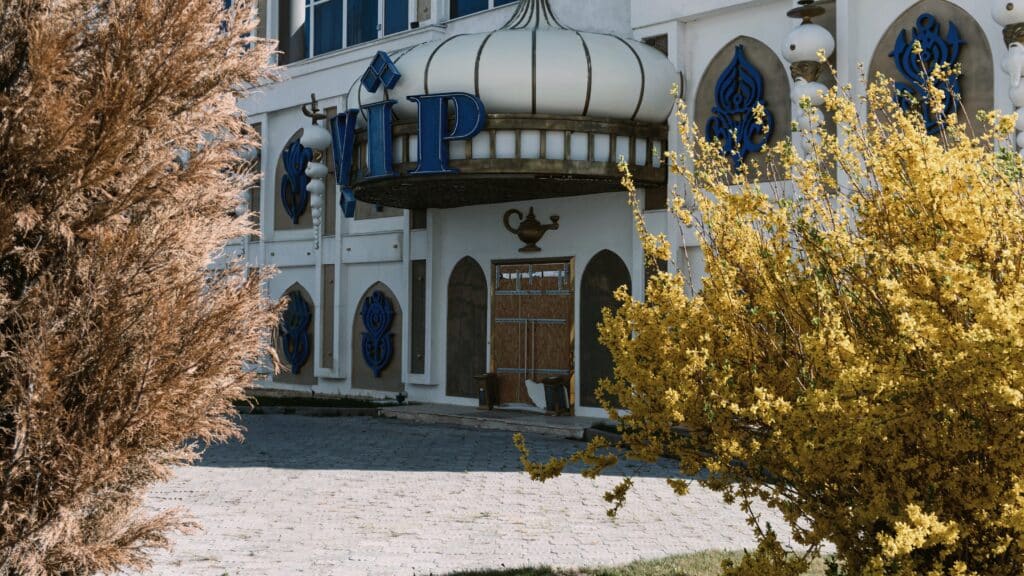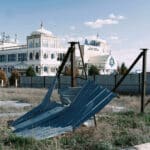High stakes, higher taxes: Kazakhstan’s casino industry faces mass closures

Over the past decade, the number of casinos operating in Kazakhstan has dropped by more than threefold, sparking concern among officials over job losses, shrinking budget revenues and declining tourism. Meanwhile, gambling operators say a growing tax burden is «strangling» the industry. Kursiv.media looks into why Qonaev never became the «Las Vegas of Central Asia» as it aspired to be.
The decline in the number of casinos has been sharp. In 2013, 22 casinos were licensed to operate in Kazakhstan. By 2017, that number had fallen to 13. In early 2021, only nine remained. As of 2025, just six casinos are legally operating in the country.
«This trend is linked to the increasing tax burden on the gambling industry,» the Ministry of Tourism and Sports said. «For example, in 2017, taxes on gambling businesses were doubled.»
Qonaev: Kazakhstan’s Las Vegas?





Qonaev, the administrative center of the Almaty region, was designated a gambling zone in 2007. As visitors enter the city, casinos are immediately visible — large, flashy buildings with glowing signs and colorful banners. But the illusion fades quickly. Many of the casinos are surrounded by construction debris, makeshift tire shops, rundown fences and vacant lots — hardly the kind of glamor one would expect from a destination aiming to rival global gambling hotspots.
The impression is echoed by two Mongolian visitors who recently stopped at a Qonaev casino after a business trip to Almaty. They lost $3,000 and won just $1.35.
«We’re from Ulaanbaatar,» one of them said. «We wanted to play poker. There are very few people in the casino here. We’ve played in Macau, Monte Carlo, Korea and other places. When you walk into a casino, the number of players at the tables says a lot: if it’s crowded, you’re more likely to win. If it’s empty, the odds aren’t great and it’s just not fun.»
They noted that in most casinos around the world, Chinese players dominate the floor. Given Kazakhstan’s proximity to China, they were surprised by their near absence.
Crushing taxes
Casino operators in Qonaev are frank about the cause of the closures: the tax regime.
«It’s already an expensive business, but the taxes are what’s killing us,» said a representative from one casino, speaking on condition of anonymity.
Under Kazakhstan’s gambling law, a casino must be attached to a hotel with at least a three-star rating. It must also operate a minimum of 30 gaming tables and 60 slot machines.
«Among the countries of the former Soviet Union, Kazakhstan has the highest taxes on gambling, whether we’re talking about tables or slot machines,» the casino employee said. «In Kyrgyzstan, taxes are about half what they are here. In Russia, they’re about 2.5 times lower.»
In 2018, a new tax code went into effect, doubling the fees paid by operators. The tax per gaming table rose from 830 monthly calculated indexes (MCI) — roughly $5,500 in 2018 — to 1,660 MCI or about $11,300.
The employee cited the example of the Asia Casino, a venue that never opened but gained fleeting fame after appearing in a popular film.
«The casino was built between 2015 and 2017. Even before it opened, the movie ‘The Gambler’ was filmed there. Everything was nearly ready; they just had to cut the ribbon,» the casino employee said. «Then 2018 came, taxes doubled and the owners simply couldn’t open. What kind of investors do you think would want to start a gambling venue after that?»
According to him, a large casino in Kazakhstan pays nearly $5.2 million in taxes annually.
Competition for tourists and bureaucratic hurdles
Qonaev’s casinos also face increasing competition from both nearby Almaty and across the border in Kyrgyzstan.
«The variety and quality of entertainment in Qonaev are a factor. The higher the taxes, the less money we have to bring in artists, organize raffles or run good restaurants,» said the art director of one local casino. «Almaty, overall, is a major competitor. People go there for the events, the restaurants and the higher level of service, and that definitely impacts us.»
Gambling establishments are now opening in Kyrgyzstan, where lower tax rates allow operators to offer higher-quality experiences and entertainment. Kazakhstani casino workers note that some regular guests have already started traveling to Kyrgyzstan to gamble.
The introduction of a visa-free regime with China has increased the number of Chinese visitors, and some casinos in Qonaev have already introduced Chinese-language menus. But insiders say this move should have happened much earlier.
«In Russia, there’s been a visa-free regime for Chinese tourists in gambling zones like Primorye and Sochi for years. They can come and play for several days, so you see crowds of them there,» one source told Kursiv.media.
There are also bureaucratic challenges for both guests and staff, according to one casino manager.
«These days, when you come to a casino, the first thing you have to do is fill out a form with your personal information. Then we run your details through multiple databases to make sure you’re not a debtor or flagged as a security risk. It takes about 20 minutes just to get through the door,» he said.
Fears over new Tax Code
Casino owners are anxiously awaiting the new Tax Code, fearing it could deal a final blow to the industry. Many say the previous overhaul triggered widespread closures, and worry the upcoming changes could wipe out the industry altogether.
«Our estimates show that only two casinos in the entire country will survive if the new code passes. The rest will close,» one staffer warned. «Right now, Qonaev alone has five large casinos. They employ around 4,000 people directly, plus all the indirect jobs — cleaning staff, ice delivery and beverage suppliers. These are city-forming enterprises.»
The Ministry of Tourism and Sports is aware of the industry’s concerns.
«We view the shrinking number of casinos as a negative trend,» said the ministry’s committee for regulating gambling and lotteries. «It will lead to a decline in state budget revenues, job losses and a decrease in tourist inflows.»

